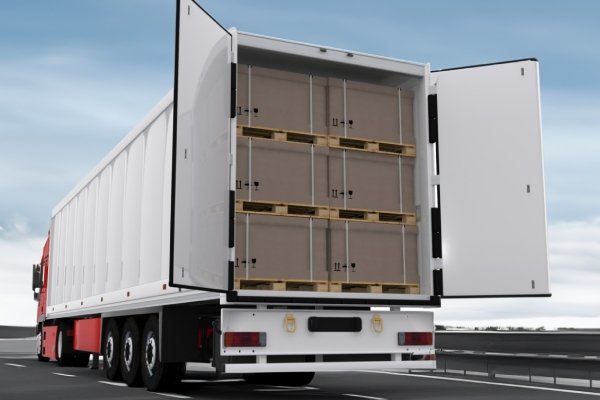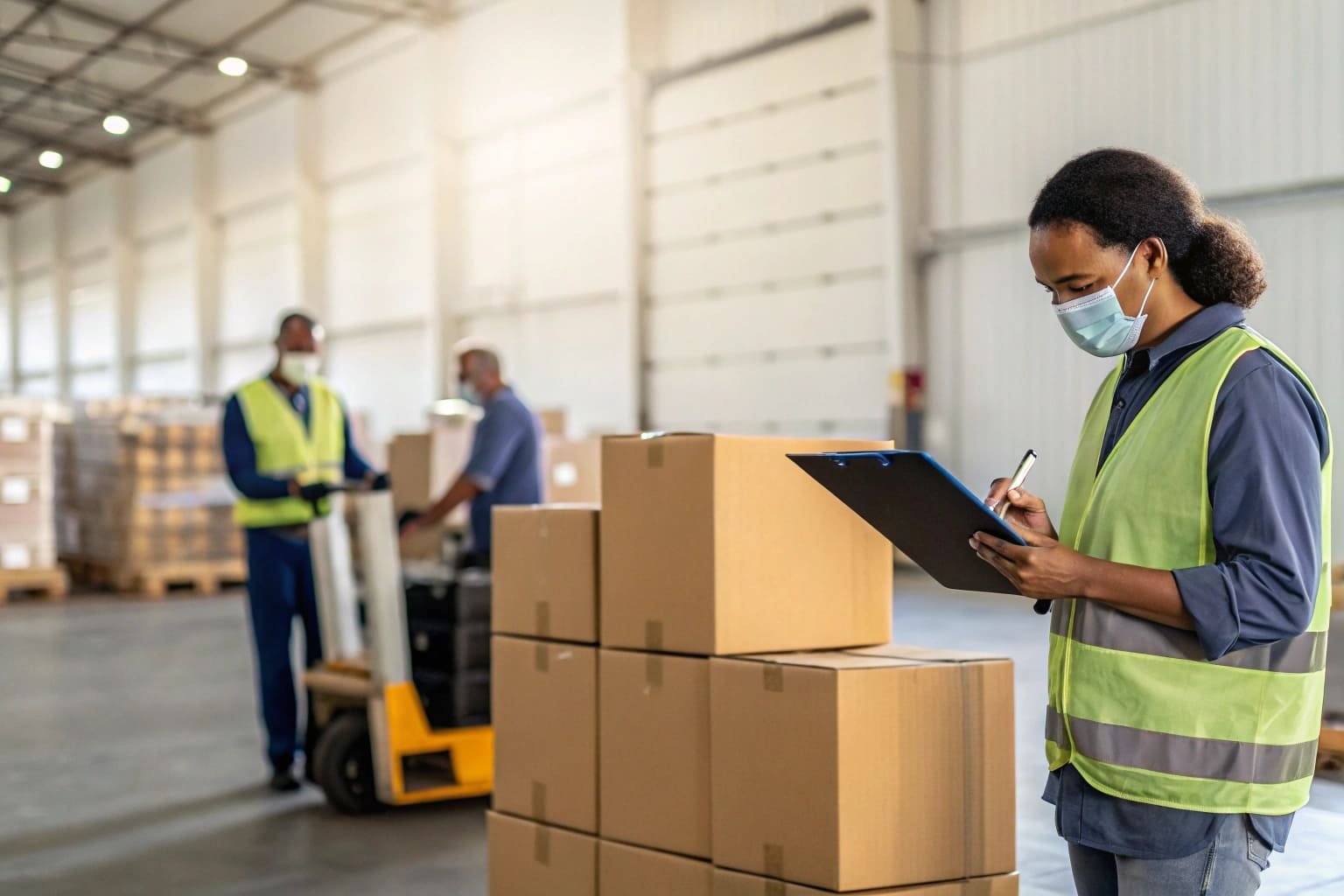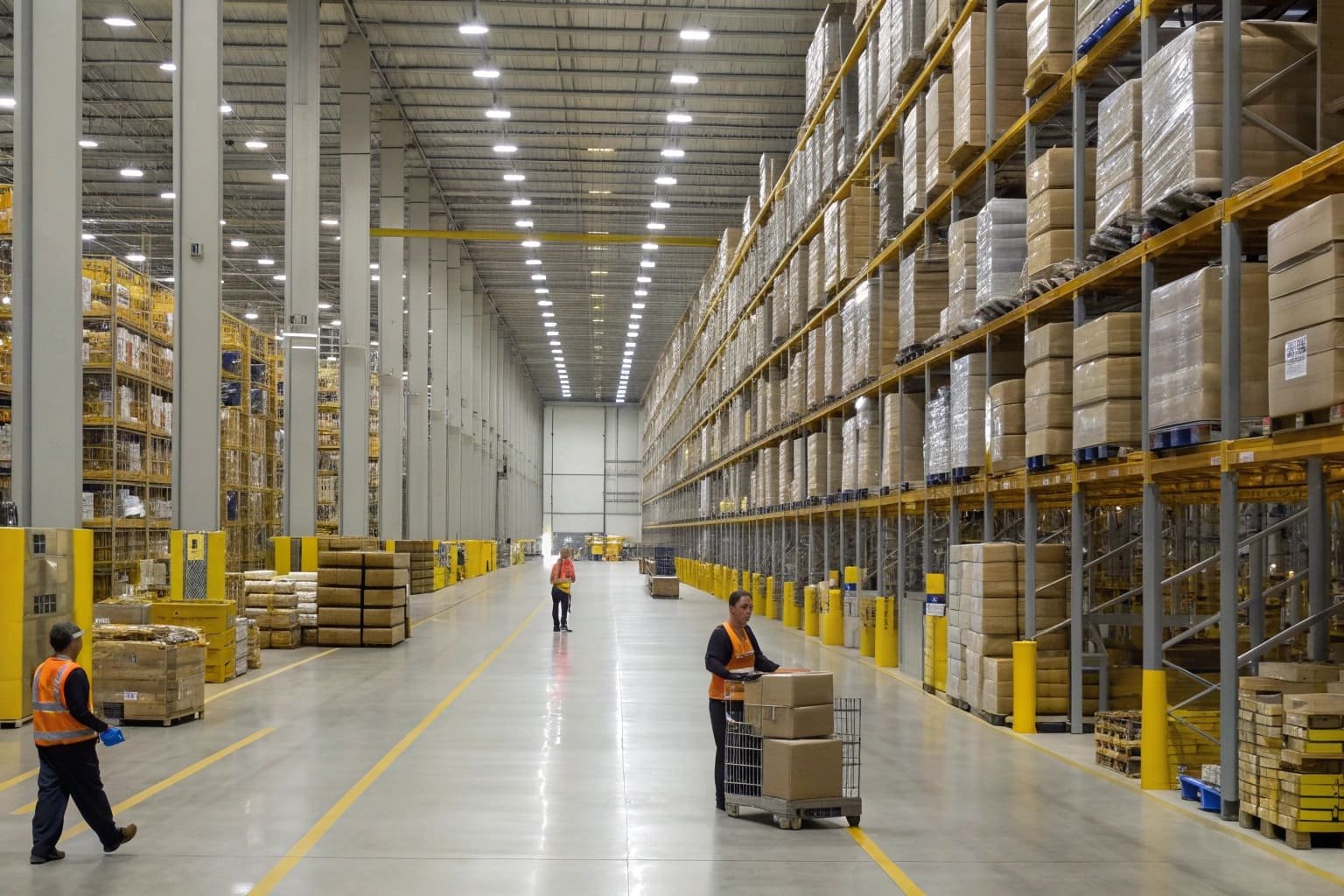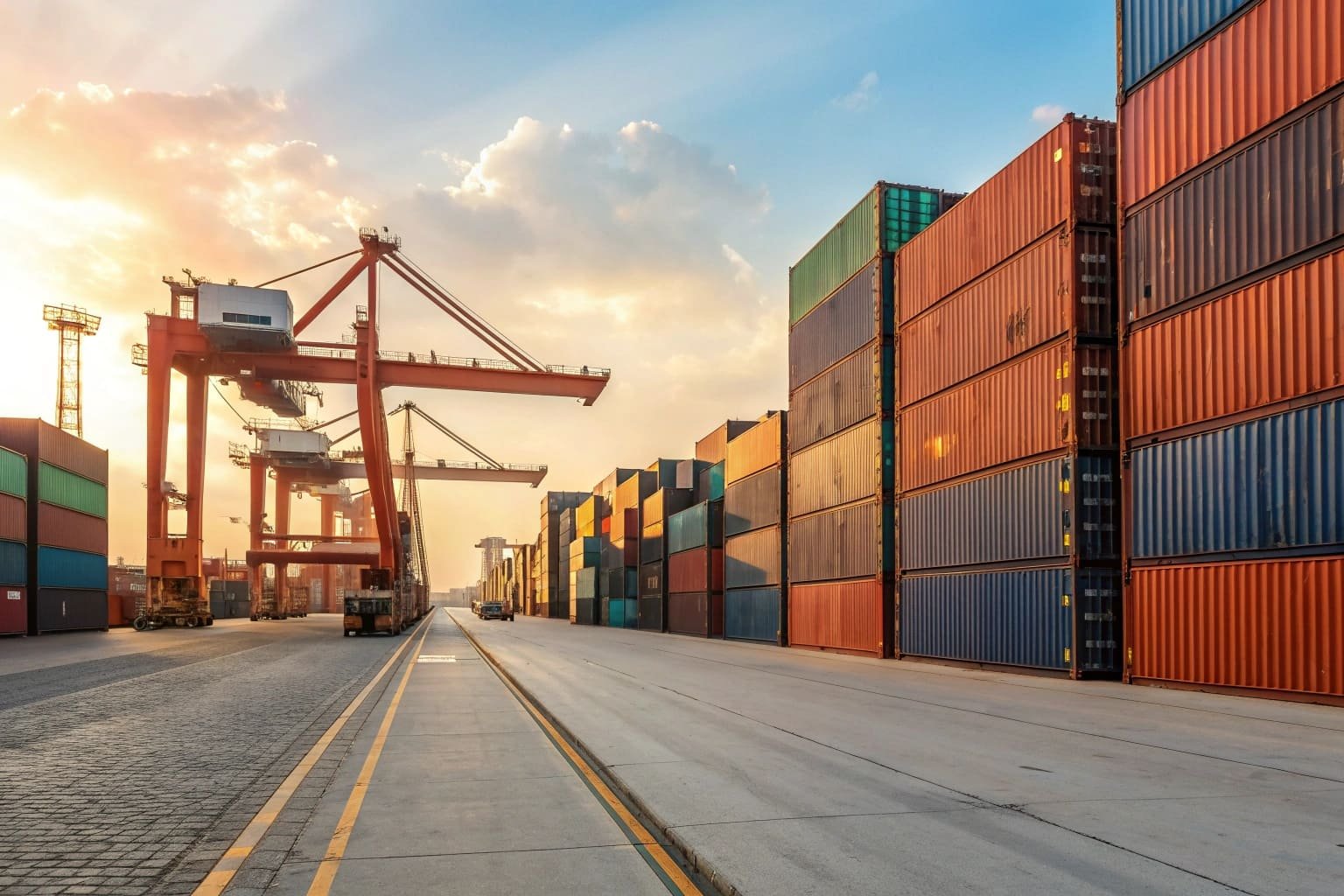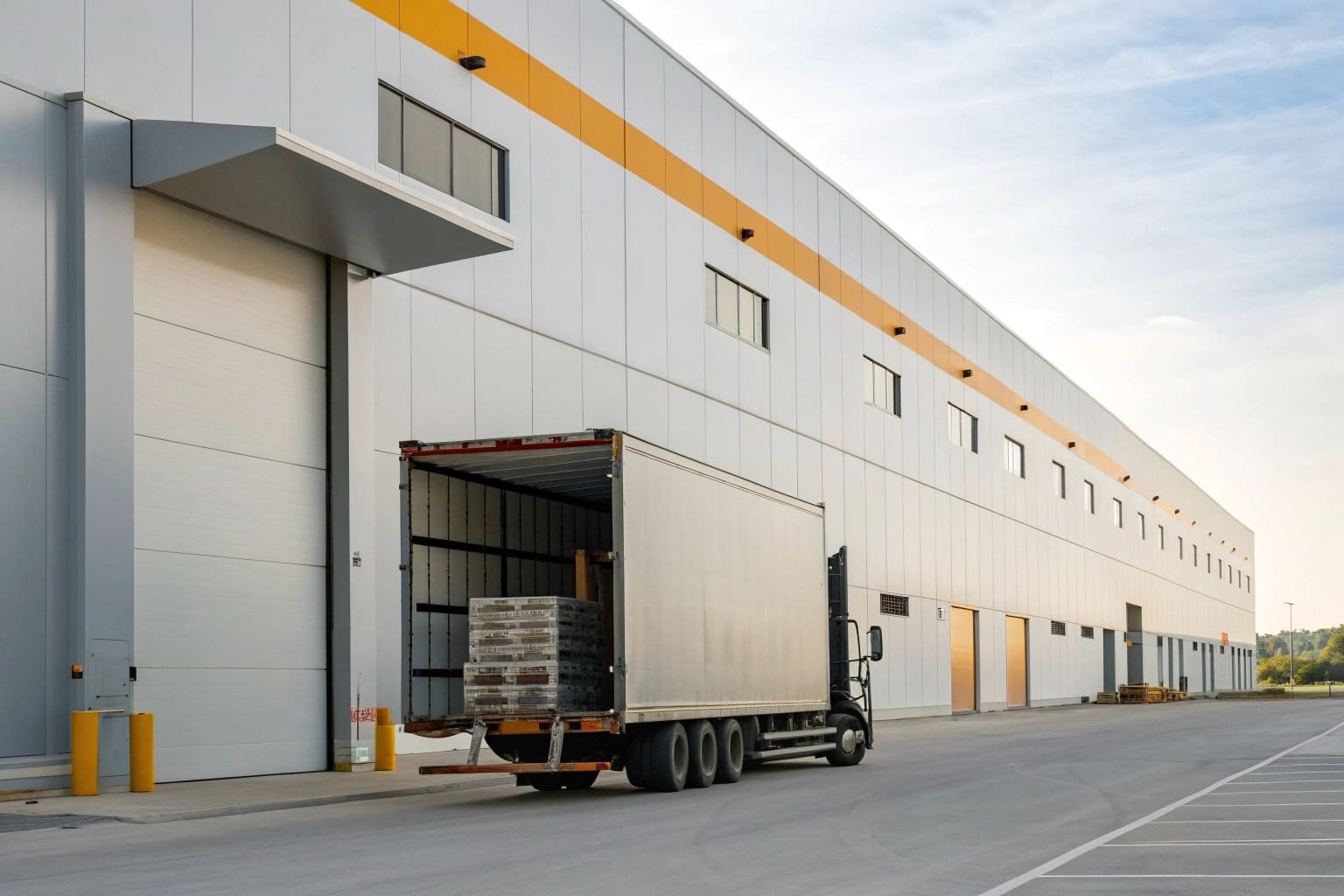In today’s competitive business environment, logistics and transportation play a pivotal role in keeping supply chains efficient and cost-effective. One key shipping method that many businesses turn to is Full Truck Load (FTL). But what exactly is FTL, and how can it benefit your business?
For business owners, especially those with large, frequent shipments, the concept of Full Truck Load (FTL) can be a game changer. FTL shipping involves dedicating an entire truck to a single shipment, ensuring that goods move directly from point A to point B without being consolidated with other cargo. This direct, dedicated transport service can offer benefits like faster delivery times, reduced handling, and lower chances of damage to your goods, making it an ideal choice for businesses that prioritize efficiency and security in their logistics operations.
Full Truck Load (FTL) refers to a shipping mode where the entire capacity of a truck is dedicated to a single shipper’s cargo. This method is particularly advantageous for businesses that need to move large quantities of goods in one go, as the truck is fully loaded and operates exclusively for that shipment. FTL shipping reduces transit times, limits the risk of damage, and ensures cost-efficiency for high-volume deliveries. It contrasts with less-than-truckload (LTL) shipping, where multiple shipments from different customers are consolidated into one truck.
Now that we have an understanding of the basics of FTL shipping, let’s delve deeper into the details of how it works, how it differs from LTL, and why it can be a strategic choice for business owners.
What is Full Truck Load (FTL)?
FTL, or Full Truck Load, is a transportation method where an entire truck is reserved for a single shipment. The truck is loaded with goods from just one shipper, maximizing the use of the truck's space and weight capacity. FTL is commonly used when a business has enough cargo to fill up a truck or when it prefers to keep the shipment isolated from others.
By utilizing FTL, businesses can ensure faster and more secure delivery, as the truck takes a direct route from the shipper's location to the destination without making any stops to load or unload other shipments. This service is highly beneficial for companies shipping large quantities of goods or time-sensitive cargo, as it eliminates the need for intermediate stops or handling.
What is FTL vs LTL?
The logistics industry offers different shipping modes depending on the size of the shipment. The two most commonly used options are Full Truck Load (FTL) and Less Than Truck Load (LTL).
- FTL is used when the shipment fills the entire truck or when the shipper wants exclusive use of the truck to ensure timely and secure delivery.
- LTL, on the other hand, is used when shipments don’t require an entire truck. Multiple small shipments are consolidated into one truckload, allowing businesses to share transportation costs. While LTL is often more cost-effective for smaller loads, it involves longer transit times and more handling, as the truck makes multiple stops to load and unload goods.
Choosing between FTL and LTL depends on your business’s shipping needs. If you’re sending a large quantity of goods that can fill a truck or need faster delivery, FTL is typically the better option. On the other hand, if you’re shipping smaller loads and have more flexibility in delivery times, LTL may be more economical.
What Does FTL Stand For?
FTL stands for Full Truck Load. As the name suggests, it refers to a method of shipping where a truck is fully loaded with cargo from a single shipper. This allows the truck to travel directly from the point of origin to the destination without stopping for additional pickups or deliveries.
FTL shipping is ideal for businesses with large shipments that would fill the truck or when a company needs to ensure that its goods are transported in isolation, without sharing space with other shipments. This method reduces handling, which can minimize the risk of damage, and offers more control over the shipment's timeline.
What is the Concept of Full Truck Load?
The concept of Full Truck Load (FTL) is built on the idea of maximizing the efficiency and security of shipping. With FTL, businesses essentially "rent" the entire truck for a single shipment, which offers several advantages:
- Maximized Space and Weight Capacity: The truck is filled with as much cargo as possible, utilizing all available space and weight.
- Direct Shipping: Since the truck is fully loaded with one shipment, it travels directly to the destination, often leading to faster delivery times compared to LTL.
- Reduced Handling: FTL shipments don’t require multiple stops for loading or unloading, reducing the chances of damage caused by frequent handling.
- Better Control: Businesses that use FTL shipping have more control over their delivery times, routes, and scheduling, ensuring that time-sensitive shipments arrive on time.
Full Truckload Capacity: How Much Can an FTL Truck Carry?
One of the main advantages of FTL shipping is its ability to carry large quantities of goods. The typical full truckload capacity varies depending on the type of truck and the weight of the cargo. Here are the most common types of trucks used in FTL shipping and their approximate capacities:
- Standard 53-foot truck: A standard truck used in FTL shipping can carry up to 45,000 pounds of cargo. These trucks are the most commonly used for large shipments and can fit approximately 24 to 30 standard pallets.
- Smaller trucks: Smaller trucks, such as 28-foot or 48-foot trailers, are also used in FTL shipping for shorter hauls or smaller shipments that still require exclusive use of the truck. These trucks have a lower capacity, typically ranging from 20,000 to 40,000 pounds.
Full Truck Load Weight Limits: What Can You Ship?
When it comes to Full Truck Load (FTL) shipping, one of the primary considerations is how much weight a truck can legally and safely carry. In most cases, the maximum weight for an FTL shipment is determined by federal or state regulations, as well as the truck’s specific capacity.
In the U.S., for example, the Federal Highway Administration sets a maximum gross vehicle weight of 80,000 pounds, which includes the weight of the truck, trailer, cargo, and fuel. This translates to a cargo weight limit of around 45,000 pounds for a standard 53-foot truck used in FTL shipping. However, different states may have varying weight restrictions, and it’s essential to ensure that your shipment complies with all relevant regulations.
The weight of the cargo will also determine the type of truck used for your FTL shipment. Heavy shipments may require specialized equipment, such as flatbed trucks or lowboy trailers, which can carry heavier or oversized loads that exceed the capacity of standard trucks.
Some typical cargo types suitable for FTL shipping include:
- Bulk goods such as grains, fertilizers, or raw materials.
- Palletized goods, like consumer products, electronics, and automotive parts.
- High-value goods that require a direct route for added security, such as pharmaceuticals or high-end electronics.
- Fragile items that require minimal handling and direct transport.
In cases where shipments are particularly large or heavy, permits may be required, especially for overweight or oversized loads. This adds an extra layer of complexity but can be navigated easily with the right logistics partner.
Full Truck Load Services: How to Choose the Right Provider
Choosing the right FTL service provider can significantly impact your business’s logistics efficiency and costs. Several factors should be considered when selecting a carrier for your full truckload shipments, including:
- Geographic Coverage: Does the provider operate in the regions where you need to ship your goods? Some FTL carriers specialize in regional shipping, while others offer nationwide or even cross-border services. Ensure that the provider’s network aligns with your shipping needs.
- Reliability and Reputation: Look for FTL providers with a proven track record of on-time deliveries and minimal damage claims. Read reviews, request references, and consider working with carriers that offer advanced tracking technology so you can monitor your shipment’s progress in real time.
- Fleet Size and Equipment: Depending on the nature of your cargo, you may need specialized equipment such as refrigerated trucks, flatbeds, or tankers. A carrier with a diverse fleet can offer greater flexibility and ensure that your goods are transported using the right type of truck.
- Cost Structure: FTL shipping costs are often calculated based on mileage, weight, and the type of cargo. Make sure to get a clear quote from potential providers, including any additional fees for permits, insurance, or fuel surcharges. Some providers offer dynamic pricing, which adjusts rates based on factors like fuel prices and truck availability, so it’s crucial to fully understand the pricing model.
- Customer Support and Communication: A good FTL carrier should provide excellent customer service and clear communication throughout the shipping process. If issues arise, such as delays or route changes, having a carrier that is responsive and proactive can make a significant difference.
By selecting the right FTL service provider, you can ensure that your goods are delivered safely, on time, and at a competitive rate, ultimately benefiting your overall supply chain.
FTL in Logistics: Why Full Truck Load Matters for Your Supply Chain
For businesses handling large-scale logistics operations, Full Truck Load (FTL) shipping plays a crucial role in maintaining an efficient supply chain. Here’s why FTL is important and how it integrates into modern logistics:
- Speed and Efficiency: One of the biggest advantages of FTL shipping is the speed of delivery. Since the truck is dedicated to one shipment and travels directly from the pickup point to the destination without making stops for other cargo, transit times are often significantly reduced. This is especially beneficial for time-sensitive goods such as perishable food, seasonal products, or just-in-time inventory replenishment.
- Minimized Risk of Damage: Because FTL shipments involve minimal handling—loading the truck once and unloading it once—the risk of damage to goods is reduced. This makes FTL the preferred choice for fragile or high-value items. In contrast, LTL shipments may involve multiple transfers between different trucks or warehouses, increasing the chance of mishandling or damage.
- Cost-Effectiveness for Large Loads: While FTL might seem more expensive at first glance, it can actually be cost-effective for businesses with large shipments. The pricing structure of FTL is often based on distance and fuel costs, rather than the complexity of handling multiple shipments. For businesses shipping a truckload of goods, it’s often more economical to book a full truck than to pay for space in multiple LTL shipments.
- Flexibility in Routing and Scheduling: FTL offers greater control over the shipping schedule and route. Businesses can work with carriers to optimize routes, avoid delays, and ensure timely deliveries. This flexibility can be a game-changer for companies operating in fast-paced industries where reliable delivery timelines are crucial.
- Scalability for Growing Businesses: As a business grows and shipping needs increase, FTL becomes an essential part of scaling up logistics operations. By moving larger volumes of goods at once, businesses can optimize warehouse operations, reduce the frequency of shipments, and better manage inventory.
Full Truck Load vs. Other Shipping Methods: A Comparison
When choosing the right shipping method for your business, it’s essential to compare Full Truck Load (FTL) with other options, including Less Than Truck Load (LTL) and Parcel Shipping. Here’s how FTL stacks up:
| Feature | Full Truck Load (FTL) | Less Than Truck Load (LTL) | Parcel Shipping |
|---|---|---|---|
| Shipment Size | Full truckload | Partial truckload | Small, individual packages |
| Cost | More cost-effective for large shipments | Lower cost for small shipments | High for heavy or large items |
| Delivery Speed | Faster, direct delivery | Slower, due to multiple stops | Fast for small items, slow for large |
| Handling | Minimal handling (once) | Multiple handling points | Can involve multiple transfers |
| Risk of Damage | Low, due to minimal handling | Higher, due to more handling | Moderate, depending on item |
| Flexibility | High control over route and timing | Limited by LTL schedules | High for small deliveries |
Each of these shipping methods serves a unique purpose. FTL is ideal for businesses with large shipments, tight schedules, and a need for dedicated transportation. On the other hand, LTL is suitable for smaller shipments where cost savings are a priority, and parcel shipping works best for lightweight goods that don’t require truck space.
Conclusion: Is Full Truck Load Right for Your Business?
Full Truck Load (FTL) shipping is an excellent option for businesses that need to move large quantities of goods efficiently, securely, and quickly. It offers direct transportation, minimizes handling risks, and provides businesses with more control over their shipping operations. Whether you’re transporting high-value products, fragile goods, or simply looking for faster delivery times, FTL shipping can enhance your supply chain’s performance and ensure your business’s success.
If your business frequently ships large volumes or has specific logistical needs, FTL is likely the best option. However, for smaller, less time-sensitive shipments, LTL or parcel shipping may offer better cost efficiency. The key is to assess your shipping requirements, consider the benefits of each method, and choose the option that aligns with your business goals.

